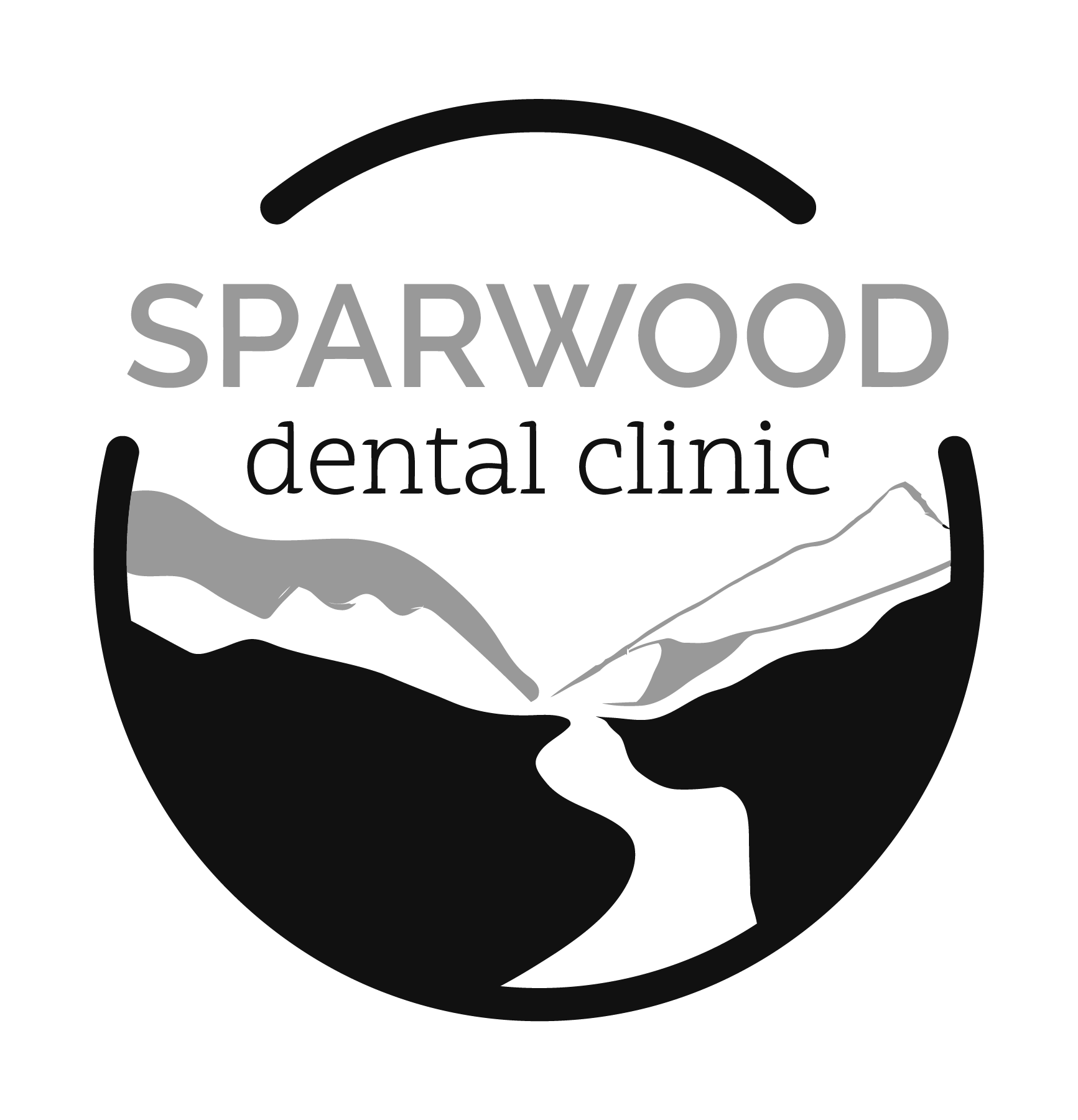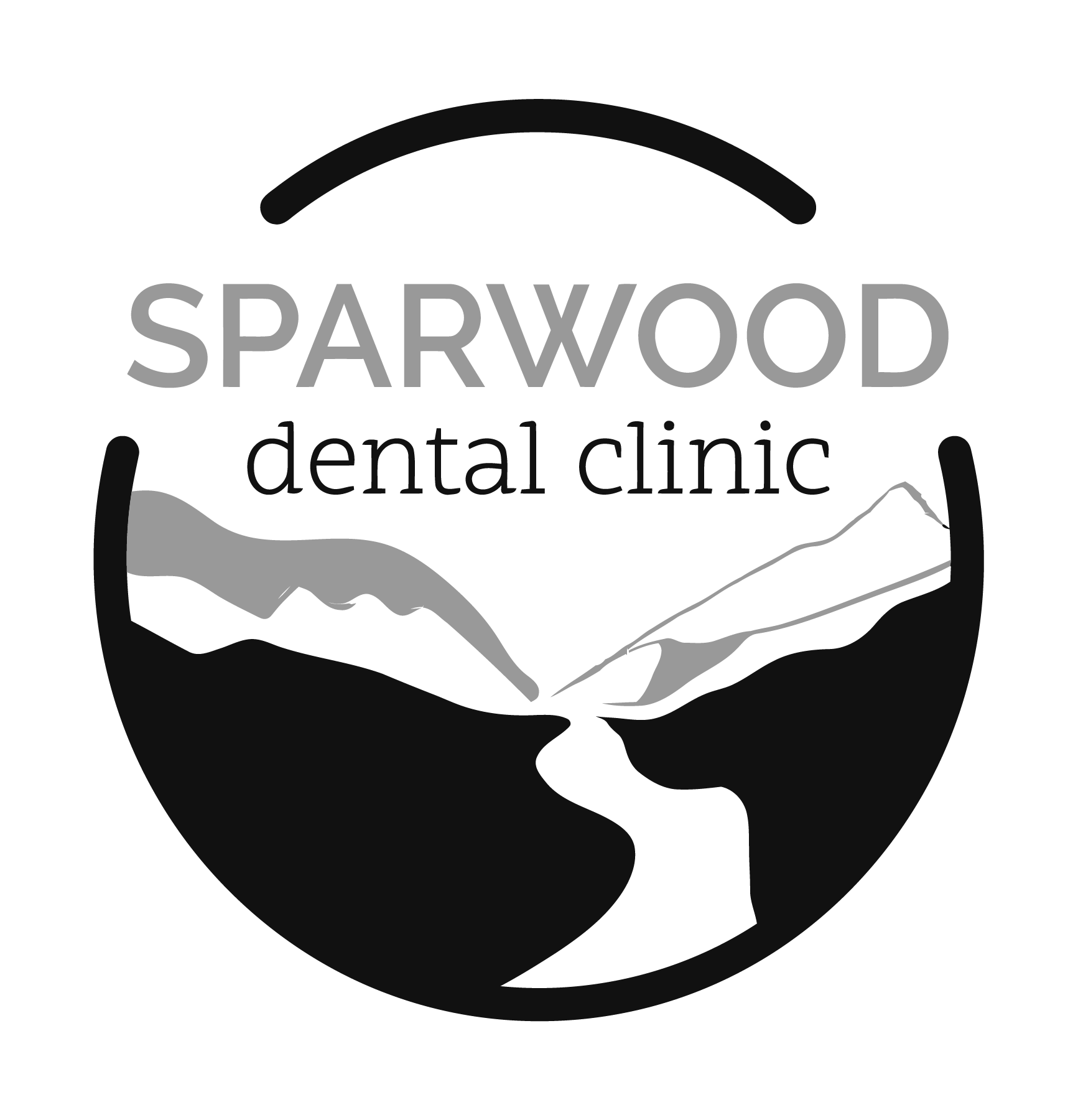Sleep Apnea
What is sleep apnea?
Sleep apnea is a medical condition that makes you stop breathing, periodically, during sleep and can occur between 20-30 times per hour. Each time you are disturbed, the lack of oxygen alerts your brain to temporarily wake up until proper breathing is restored. Constant temporary wake-ups prevent your brain from achieving deep sleep, which creates constant drowsy feelings during the day. However, the time awake is very brief and goes unnoticed by most afflicted with the condition.
What are the signs of sleep apnea?
- Insomnia or difficulty sleeping
- Loud snoring
- Waking up at night short of breath
- Snorting or choking during the night
- Headaches
- Falling asleep unintentionally during the day
- Extreme drowsiness throughout the day
Types of sleep apnea
Sleep apnea can be divided into three categories and has a number of different causes, which depend on the patient, and the type of sleep apnea you have:
- Obstructive sleep apnea | more common in adult males (40+) than adult females, but can affect those of all ages and genders. This type of sleep apnea is a physical blockage, usually caused by a collapse of soft tissue in the back of the throat.
- Central sleep apnea | occurs most often in patients with heart disorders, neuromuscular disorders, or patients who have had strokes or brain tumors. This type of sleep apnea is caused by the brain not receiving the proper signals to breath.
- Mixed or complex sleep apnea | a combination of obstructive and central
Who can get sleep apnea?
Sleep apnea can affect anyone, regardless of age or gender. However, those patients who are obese, smoke, drink, use sedatives or tranquilizers, and have a family history of sleep apnea, are at a higher risk of developing the condition.
What are the risks of sleep apnea?
Ongoing oxygen deprivation, if left untreated, can cause high blood pressure, increased risk of heart failure, stroke, and fatigue. While fatigue may sound like the least of your worries, it can lead to problems at work or school, dangerous driving, and an inability to safely operate heavy machinery or a motor vehicle. Medical situations become more dangerous as well, especially those involving surgery and medication.
How is sleep apnea treated?
Treatment for sleep apnea varies from patient to patient and case by case. Basic treatment is typically behavioral (minimizing weight and smoking, as well as sleeping on your side instead of their back can help reduce symptoms). Beyond that, there are oral devices can be used to position the mouth to prevent throat blockage and sleep interruptions. Severe cases can involve a Continuous Positive Airway Pressure (CPAP) machine.

